|
|
||
|
Pro Tools
FILMFESTIVALS | 24/7 world wide coverageWelcome ! Enjoy the best of both worlds: Film & Festival News, exploring the best of the film festivals community. Launched in 1995, relentlessly connecting films to festivals, documenting and promoting festivals worldwide. Sorry for the disruptions we are working on the platform as of today. For collaboration, editorial contributions, or publicity, please send us an email here. User loginActive Members |
Photographic Memories: My Many Days and Nights at the Toronto International Film Festival
It's hard to believe, but this month the Toronto International Film Festival will celebrate its 40th anniversary. Milestones like this always make for a good excuse to pause and reflect, especially for Torontonians of my generation who grew up in the 1970s and 80s. The great thing about being a film fanatic living in Toronto back then was the sheer selection of movies you could see on any day of the week. The city had a huge number of cinema screens relative to its population, equal to, if not greater than cities like New York, London or Paris. Whatever your neighborhood, you were never far from a cinema. And if the prevailing Hollywood fare wasn't to your liking, there was no shortage of repertory cinemas scattered throughout the city, such as the Bloor, the Kingsway, the Revue and the Fox, where you could further your cinematic education and catch up on the back catalogue of classic films that had come before, allowing you to become an overnight expert (or so you thought) on the true meaning of Citizen Kane, Rashomon, or The 400 Blows, to name but a few. In an era before home video or the internet, the rep cinemas were the only places you could see certain films, and we felt lucky if we had the chance to catch a rare screening of some revered masterpiece, even if it was a battered, scratched and thoroughly spliced 16 millimeter print. We didn't care. And no matter what you watched or where you went, the theaters were usually packed, especially on the weekends. So even before Toronto had established itself as a hub of film production, in the mid-70s it already had an enthusiastic film going population that went frequently, whether alone, as couples, in groups, or as part of a family outing. Then in 1976 some folks decided it would a good idea to organize a local film festival. Not your typical kind of festival, but rather one that brought together and screened the best of recent films that had already been featured and distinguished themselves at other film festivals around the world. Kind of a “best of” festival, showing films that probably wouldn't be coming soon to your local cinema because they were either obscure, not commercially viable, lacked a Canadian distributor, or just too weird. A novel idea? Sure. But would the public go for it? Perhaps. So they decided to give it a try. And they called it the “Festival of Festivals”. From the outset, there was no shortage of film submissions, even if the major Hollywood studios did not enthusiastically embrace the festival in its early formative years. But that's another story. The fact is, in its very first year, the Festival of Festival, running from October 18-24, screened 127 films in various genres from 30 countries and racked up attendances of over 35,000. Not bad for a debut performance. The rest, as they say, is history. Although it proved itself a modest success, the festival took time to grow on the film industry, even if the film fans were onboard from the outset. Incrementally but steadily, through the 1980s the festival seemed to get a bit bigger and better each year, attracting greater numbers of films and celebrities, and in the process providing a boost to the local economy.
Then in 1994, after 18 incarnations as Toronto's “Festival of Festivals”, some people (probably with a background in marketing) decided to re-brand the event as the Toronto International Film Festival, reflecting the extent to which the festival had evolved, having gained international stature and the distinction of being the largest film festival in North America, second only to Cannes. Aside from the consistently crowd pleasing film fare, another key factor in the festival's success over the years has been its legion of loyal volunteers. Call them them the unsung heros, the boots on the ground, the folks who do the heavy lifting; the fact is, each September there are literally hundreds of people, ranging in age from teenagers to senior citizens, who give freely of their time and professional expertise in various areas to make the festival happen. Some will even book time off work or choose their vacation period to coincide with the festival's dates, just so they have the pleasure of volunteering, whether as an usher, driver, interpreter, messenger, or any other number of positions which would normally be considered anything but exciting or glamorous. Ah, but during the film festival it's different. For these folks, it doesn't matter if you answered phones, delivered film prints or tuna fish sandwiches, as long as you were a part of it, working alongside other people who shared a common goal-- making the film festival the best it could be for everyone who attended. Although I'd been a festival goer since my teens, I didn't actually volunteer until 1998 when, for 10 action packed days, I served as the Photography Office Manager, supporting a team of around a dozen staff photographers, whose job was to cover press conferences, galas, industry events and just about anything film related for the festival's photographic archive. That year we set up our office and portrait studio in a suite at the Park Plaza Hotel. On a typical day, we'd do between 20 and 30 portrait sittings, most of them only lasting around 15 minutes. My boss who was in charge of the department shot most of the studio portraits, but also gave me the chance to do some sessions. In 1998 the festival included a programme entitled the New Beat of Japan, featuring around 20 films by a variety of emerging and more established directors, most of them not widely known outside their country. Since I'd recently returned from two years working in Japan and spoke some Japanese, I got to shoot most of the directors' portraits, including many who are well known today, such as Kenji Kurosawa (no relation to Akira), Hirokazu Kore-Eda, and Shinya Tsukamoto, among others. Invariably, they would compliment my Japanese, surprised a Canadian film festival photographer could say anything in their language, to which I always replied “Sore hodo demo”, meaning “if only that was true”, which got an even bigger laugh. Something I quickly learned as Photography Office Manager is that information is power. I was surprised at the the number of calls I'd receive throughout the day from various people asking about when various celebrities would be in town, where they were staying or, most importantly, where they would be hanging out on any particular night. Invariably, I would plead ignorance, and it was true. 90% of the time, I didn't have the hot info they were looking for, and even if I did, I couldn't divulge it. However, my sincerity was often mistaken for reticence, and more than a few times money was offered in exchange for the coveted piece of info. When I told them I really didn't know, I could feel the consternation of the person on the other end of the line. And more than a few times someone would show up at our suite and ask if and when a certain actor or actress was scheduled for a portrait. At which point I would politely tell them that we did not share that kind of information out of respect for festival guests' privacy. If things got nasty, the phone on my desk had hotel security on speed dial, just in case. Fortunately, it never came to that. The best part about the job was getting to see what a lot of famous people actually look like in person. I soon discovered that most celebrities generally look a bit older in person that you imagine, and a bit shorter. Of course, on the big screen, they are larger than life, and forever youthful in our memory. But in the flesh, more often than not, unadorned by make-up and ideal lighting, not so. Sometimes people would arrive early or we'd run behind schedule, so I'd have a chance to have a chat with an actor or director. Of course, it was mostly small talk, but a couple of conversations stand out in my memory. Both Tim Roth and Ewen Bremner were chatty, down to earth and totally unpretentious. And then there were other types, like a well known actress who arrived in rough shape one morning, and, as my boss told me later, didn't want to remove her sunglasses for her portrait sitting. Then there was the time Claudia Schiffer was booked to come in the next day for a sitting and my boss asked me if I'd like to assist him on the shoot. How could I refuse? I wondered what she looked like in the flesh, I pondered? Unfortunately, the next day she ended up canceling at the last minute, so I never got to find out. There were also those little chance encounters that could just happen. I went to get a coffee one afternoon and ended up sharing an elevator with Steve Martin, just the two of us, never exchanging a word as we ascended the upper floors of the Park Plaza. After all, what was I going to say? “Steve, I'm your biggest fan!” However, I took some kind of reassurance in the fact that Mr. Martin looked pretty much the same in person as he did on screen and on television. And he was actually taller than I imagined, well over 6 feet. Or perhaps it was just the shoes. And unforgettably, there was the A-list actor who, by pre-arrangement, showed up not with his agent, publicist or spouse, but just his bodyguard. We were briefed beforehand when the sitting was booked. The conditions were as follows: no one was to enter or exit the suite at any time during the photo shoot. And the body guard would stand outside the door to make sure. Unusual? Sure. Unreasonable, apparently not. Especially by Hollywood standards. Later that afternoon at the designated time the celebrity appeared, bodyguard in tow, who took a quick look around the room, surveying its layout, his narrow eyes darting about furtively, looking for who knows what. I ushered the actor into the photo studio in the adjoining room where my boss was waiting, at which point the bodyguard exited and waited outside. During the shoot, I couldn't resist sneaking a peek through the door's peephole. There across the corridor stood the muscle-bound man, arms folded, staring straight ahead right back at me. He definitely took his job seriously. Earlier that week, on the morning I photographed Norman Jewison, he didn't bring a body guard, or anybody else. A true professional, he showed up right on time for his portrait sitting. It was just me and him. I made some coffee and we chatted for a moment and got down to business. He was quite amiable, patient and very cooperative. His latest film at the time was The Hurricane, starring Denzel Washington. Most of it was filmed in Toronto the previous winter, and I’d actually worked on it for a day that January, on a bitterly cold -20C day inside an unheated warehouse where they shot the boxing scenes. But I wasn’t working as a photographer that day. I was an extra, one of hundreds on set, many of them elderly people, all of us dressed in 1960s era costume. At one point, there were problems with the generators and we lost all electricity for a time. People were shivering, huddling together for warmth. The food wasn’t very good, either. Waiting in the line-up for the portable toilets outside was awful. Morale was terrible. It was a long, unpleasant day of shooting, and I was so relieved when it was over. Of course, I hadn't mentioned any of this to him during the shoot. As we were wrapping up I thanked him and wished him luck with the new film. Then, curious as to how he’d react, I said, “It sure was cold inside that warehouse in January, wasn’t it Mr. Jewison?” Without skipping a beat, he replied, “It sure was Bob. It sure was.”
As for my personal favorites among my photos, there are two that stand out in my mind, as much for the circumstances under which they were taken, as the quality of the photo itself. Orson Welles once remarked that a director is a person who presides over what he called “happy accidents”. The legendary producer Robert Evans once said that he didn't believe in luck, stating that luck is that moment when opportunity meets preparation. I agree. At the 2001 Toronto International Film Festival, I was a staff photographer. One evening, I was on my way back from covering an event, and frankly, I was disappointed. It had been boring and I didn’t think I’d gotten anything really interesting. So I made my way back to the Four Seasons Hotel. This was before we’d switched over to digital, so we had a drop box at the front desk where all our staff photographers would leave the film they shot during the day, which would go out to the photo lab for processing later that night or first thing in the morning. I did my drop and as I was in the lobby, I noticed a figure out of the corner of my eye. Instantly I recognized him. He was talking to a woman. To this day, I don’t know who she was. I knew I had to seize the moment, so I walked over, and as graciously and calmly as I could, introduced myself, held up my festival credentials and asked if I could do a quick portrait. “A portrait?” said David Lynch in his unmistakable voice, with a tone of feigned surprise, or perhaps he was just being sardonic. For a moment I thought he was going to tell me to go away. The woman with him didn’t look very pleased. “OK”, he said. So off came my lens cap. I had a roll of TRI-X in the camera, and was about half way through it. The week before I’d bought a new Nikon flash unit, which I didn’t yet know how to use. But the lighting in the lobby wasn’t very good, so I had no other choice. I’d have to use the flash. “OK, look into the lens,” I said. Jesus, did I say that? I told David Lynch to look into the lens. Oh shit. OK, focus, focus. So I press the shutter. And nothing happens. What’s going on? This has never happened before. Oh fuck. David Lynch is in front of me, and my camera’s jammed. No it isn’t. It’s something to do with the flash. So I re-focus, re-compose, all the while trying to conceal my inner anxiety. “OK, hold that,” I say, and press the shutter again. It worked. I think it worked. Did it work? God, I hope it worked. “That’s great, thank you very much. Have a nice evening,” I said. As I walked past the front desk, the woman behind it said “You’re not allowed to photograph in here”, obviously oblivious to my credentials which were hanging around my neck. “You don’t have permission.” “Yes, I do,” I said, wondering what the hell she was on about. “From who?” she said. “From Mr. Lynch,” I said, pointing in his direction. Then I turned around and walked outside. It was a great night.
But I guess my favorite happy accident of all time was in 2003 when Lost in Translation had its Canadian debut at the festival. The premiere was held at the Elgin Theatre on Yonge Street, and the fans were out in full force. It was a real zoo. I had arrived hours earlier in hopes of staking out a good spot, which was just about impossible. Fans, photographers, media-- we were all clustered together in the small, cramped area in front of the box office. I knew the space well. I’d spent many tedious hours in the same spot over the years at other premieres during previous film festivals. And this was another boring wait. Then, as is always the case, a limo pulled up, and all hell broke loose. The fans screamed, and flashes erupted in a barrage sufficient to trigger epileptic seizures. “Sofia, Sofia, over here Sofia!” I couldn’t even tell who was yelling. Sofia paused briefly to sign some autographs, or autograph some photos that fans had brought along, gave a couple of sound bites to the TV cameras, then proceeded to make her way into the theatre. I knew I had to act now if I had any hope of getting a decent shot. So I piggybacked behind one of the TV crews and made it into the front of the lobby. More flashes, more chaos. Security guards blocked some fans from getting any further. I knew I didn’t have much time. And then I did something I’d never done before. “Sofia—over here please,” I said calmly, but loud enough so she could hear me. And to my surprise, Sofia Coppola turned around and looked into my lens. I shot as fast as I could and got a few frames off before she turned back around. Did I get it? Did I get what I thought I got? It looked good, but you never know. Did the flash go? Was it in focus? I think I got it. It all happened so fast. Like it always does. So it was off to the lab to find out. Then when I saw the contact sheet I smiled. Sofia Coppola never looked more beautiful. And she had smiled just for me.
Then came the changeover to digital photography, and suddenly pros weren't shooting film anymore. Soon even cell phones were equipped with cameras, ones with surprisingly good resolution that was unthinkable just a few years earlier. The autograph hounds of yesterday metamorphosed. Magic markers gave way to selfie sticks, the new essential accessory to have, lest you lose your big chance for that magic moment with your favorite celeb that you could instantly post on social media like a safari trophy, a badge of achievement, and bask in the envy and adulation of your Facebook friends and Twitter followers. A new age had arrived and both novice and veteran festival photographers acknowledged not only had the rules of the game changed, the game itself was different. Somehow it just didn't feel the same anymore. The celebrity-fan dynamic at premieres, red carpet galas, or any other festival event had reached a new apotheosis of absurdity even Fellini could not have imagined. Of course, I still like to have a camera at the ready, but when I go to film festivals now, it's because I'm interested in seeing the films, not photographing the people who make or star in them. I haven't bought a selfie stick yet, but I think it might be a good idea, just in case. Because whether you're a pro or not, you never know when fortune might smile on you. And it would be a shame to miss that perfect shot now, wouldn't it? So happy birthday Toronto. Thanks for all those great films. And the photographic memories. 03.09.2015 | Robert Bodrog's blog Cat. : david lynch Festival of Festivals History Norman Jewison photographers photography Sofia Coppola Toronto International Film Festival FESTIVALS
|
LinksThe Bulletin Board > The Bulletin Board Blog Following News Interview with EFM (Berlin) Director
Interview with IFTA Chairman (AFM)
Interview with Cannes Marche du Film Director
Filmfestivals.com dailies live coverage from > Live from India
Useful links for the indies: > Big files transfer
+ SUBSCRIBE to the weekly Newsletter DealsUser imagesAbout Robert BodrogThe EditorUser contributions |


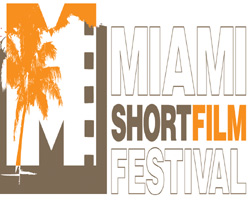

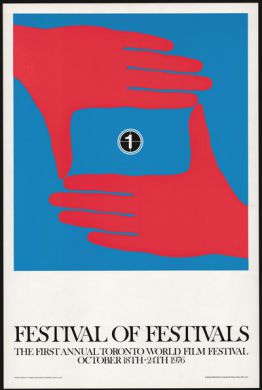
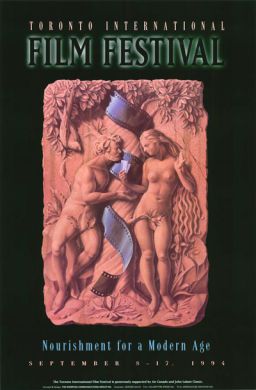
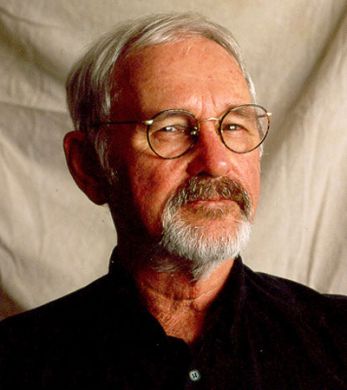
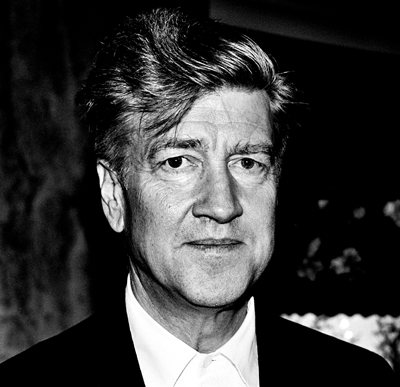
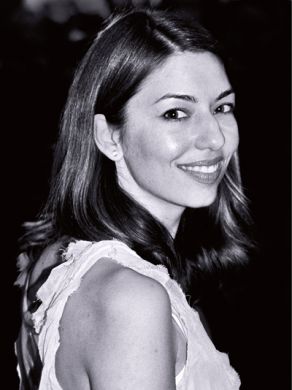


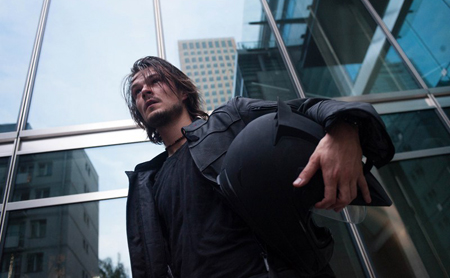

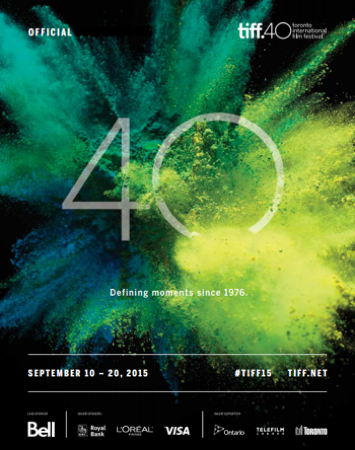

 Bodrog Robert
Bodrog Robert 


